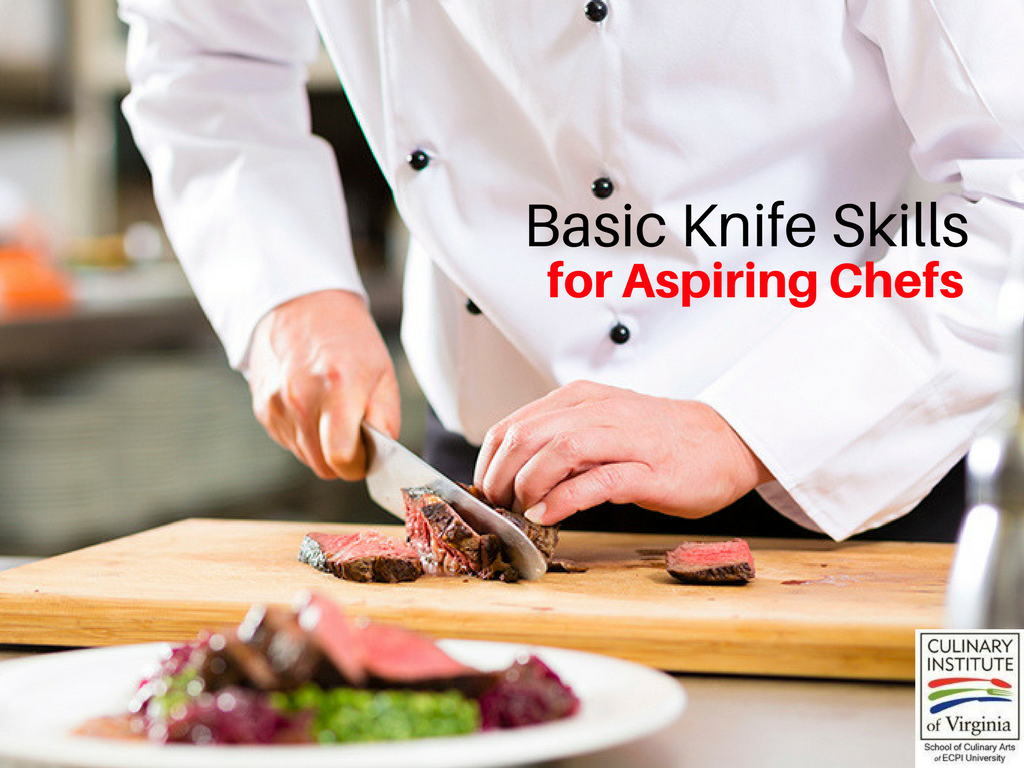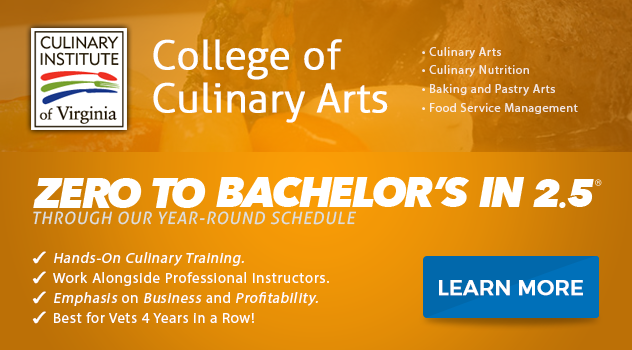Basic Knife Skills for Aspiring Chefs
If you are an aspiring chef, you know how important your knives are to your efforts. However, there is so much more to knife skills than simply hold and chop. From which knife to use to how to hold the knife to properly caring for your knives, there is a lot to learn to truly become a master. Here are some of the basics to get you started.
How to Hold a Chef's Knife
Hold the knife in whichever hand you feel gives you more precise control over its movements, usually your dominant hand. You want to be sure that you have control over the knife for making fine cuts and so that you don't accidentally cut yourself in the process. Your thumb and forefinger should gently squeeze the blade just above the handle. Your other three fingers should wrap around the handle and hold it securely.
Different Types of Knives
Although the chef's knife is likely the one that you will be using the most frequently in the kitchen, there are a number of other common knife styles that you will also find very useful as your skills improve. A utility knife should be the next knife that you master. It has a smaller blade and handle, giving you even greater precision when cutting. The paring knife is another small-bladed knife that is ideal for cutting small fruits and vegetables. Bird's beak paring knives have slightly curved blades, making them ideal for peeling.
As the name suggests, boning knives are often used for removing meat from bone, like when breaking down a whole chicken. For larger animals, a carving knife, butcher knife, or meat cleaver may be more appropriate. There are other types of knives that are made for use with specific foods, like the serrated bread knife or the cheese knife with its cut-outs in the sides. Lastly, Santoku knives are very similar to chef's knives but have a straighter blade. The choice between the two really comes down to personal preference.
Different Styles of Cuts
Just as there are many types of knives, there are also many ways that you can cut the food. Not only can properly cutting your food make your dishes look more professional and visually appealing, but it can also improve your cooking, as uniform pieces cook more evenly than those cut haphazardly. Instead of just chopping everything roughly, try one of these distinctive cuts the next time you are in the kitchen:
- Julienne - The julienne cut requires cutting the food into long, thin strips. This type of cut is also often called the matchstick cut. If you prefer thick slices, you would have a batonnet cut.
- Brunoise - To achieve a brunoise cut, simply cut your julienne strips one step further into tiny cubes. If you cut a batonnet into cubes, you'll have a small to medium dice, depending on the size of your original pieces.
- Chiffonade - Chiffonade is a technique used for cutting herbs into strips. Rather than trying to cut each strip individually, which can be incredibly time-consuming, this method saves you time and frustration. Simply stack the leaves you wish to chiffonade and roll them together into a tight tube. Starting from one end, cut the tube into small slices. When you unroll them, you'll have perfect strips.
Caring for Your Knives
High-quality knives can be quite expensive, so you'll want to make sure that you are caring for them properly so they will last as long as possible. For starters, knives should never go in the dishwasher. Instead, wash them by hand using soap and water. Always hold the blade facing away from you. Carefully scrub with a sponge or brush, again always working away from you so that you don't accidentally cut yourself.
When not in use, store your knives in a knife block or protective sleeve; don't just dump them in a drawer with the rest of your utensils. Not only will this cause your knives to get dull much more quickly, but it can also be incredibly dangerous. You don't want to slice your finger open when reaching in absentmindedly to grab something else! Lastly, sharpen your knives on a regular basis. As counter-intuitive as it might seem, it is much more likely that you will cut yourself with a dull blade than a sharp one, as a dull knife blade is more likely to slip while cutting.
Learn More with a Degree in the Culinary Arts
Are you ready to practice your knife skills under the supervision of professional chefs? ECPI University’s Culinary Institute of Virginia offers an Associate of Applied Science in Culinary Arts. With an emphasis in hands-on learning, you could be making julienne cuts faster than you would have thought. For more information, connect with a helpful admissions advisor today.
It could be the Best Decision You Ever Make!
DISCLAIMER – ECPI University makes no claim, warranty, or guarantee as to actual employability or earning potential to current, past or future students or graduates of any educational program we offer. The ECPI University website is published for informational purposes only. Every effort is made to ensure the accuracy of information contained on the ECPI.edu domain; however, no warranty of accuracy is made. No contractual rights, either expressed or implied, are created by its content.
Gainful Employment Information – Culinary Arts - Associate’s
For more information about ECPI University or any of our programs click here: http://www.ecpi.edu/ or http://ow.ly/Ca1ya.




